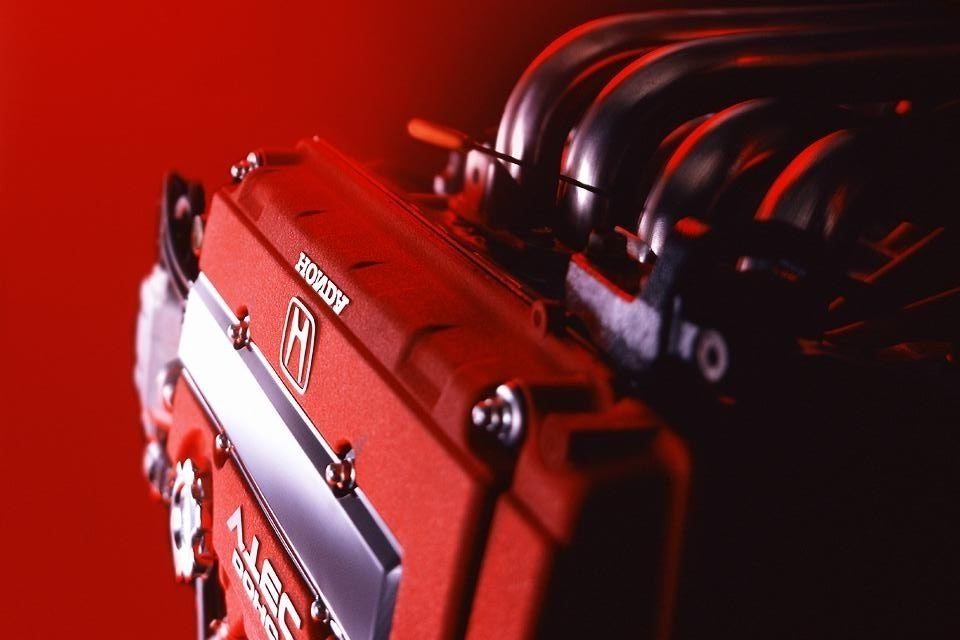Honda is a brand synonymous with reliability, efficiency, and engineering excellence. From sedans to motorcycles and even lawn equipment, Honda’s engines are globally recognized for their durability and smooth performance.
Over the decades, Honda has engineered some of the most dependable internal combustion engines that seem to run forever with minimal maintenance. However, like every automaker, Honda hasn’t always hit the mark. While many of their powerplants are mechanical marvels, some engines have struggled with design flaws, oil issues, or premature wear and tear.
Understanding which engines are worth betting on and which ones to avoid can save buyers and enthusiasts thousands of rupees—or dollars—in repair costs and long-term ownership worries. Whether you’re buying a used Honda or evaluating your own car’s potential, knowing what’s under the hood can help you make a smart, lasting investment.
In this blog, we take a deep dive into ten notable Honda engines: five that have proven to be rock-solid over the years, and five that unfortunately earned a reputation for unreliability.
For each engine, we’ll examine what makes it great—or problematic—and look at the vehicles it powered. From the legendary VTEC motors to lesser-known yet long-lasting options, this guide gives you a clear picture of which Honda engines truly stand the test of time—and which don’t.
5 Honda Engines That Last Forever
These engines have built Honda’s reputation for quality. Known for their longevity, low maintenance requirements, and smooth operation, they’ve powered millions of vehicles for hundreds of thousands of kilometers.
Whether it’s the legendary B-series or the efficient K-series, these engines are cherished by mechanics and enthusiasts alike. Let’s explore five Honda engines that are known to run nearly forever.
ALSO READ: 5 EVs With Best Heat Pump HVAC and 5 Energy Hungry Heaters
1. B18C
The B18C is a high-performance variant of Honda’s famous B-series engine, primarily found in the Integra Type R and select JDM Civics. Known for its VTEC (Variable Valve Timing and Lift Electronic Control) technology, the B18C delivers high-revving thrills and exceptional reliability. Its robust construction, forged internals, and smooth powerband make it a favorite among tuners and racers.
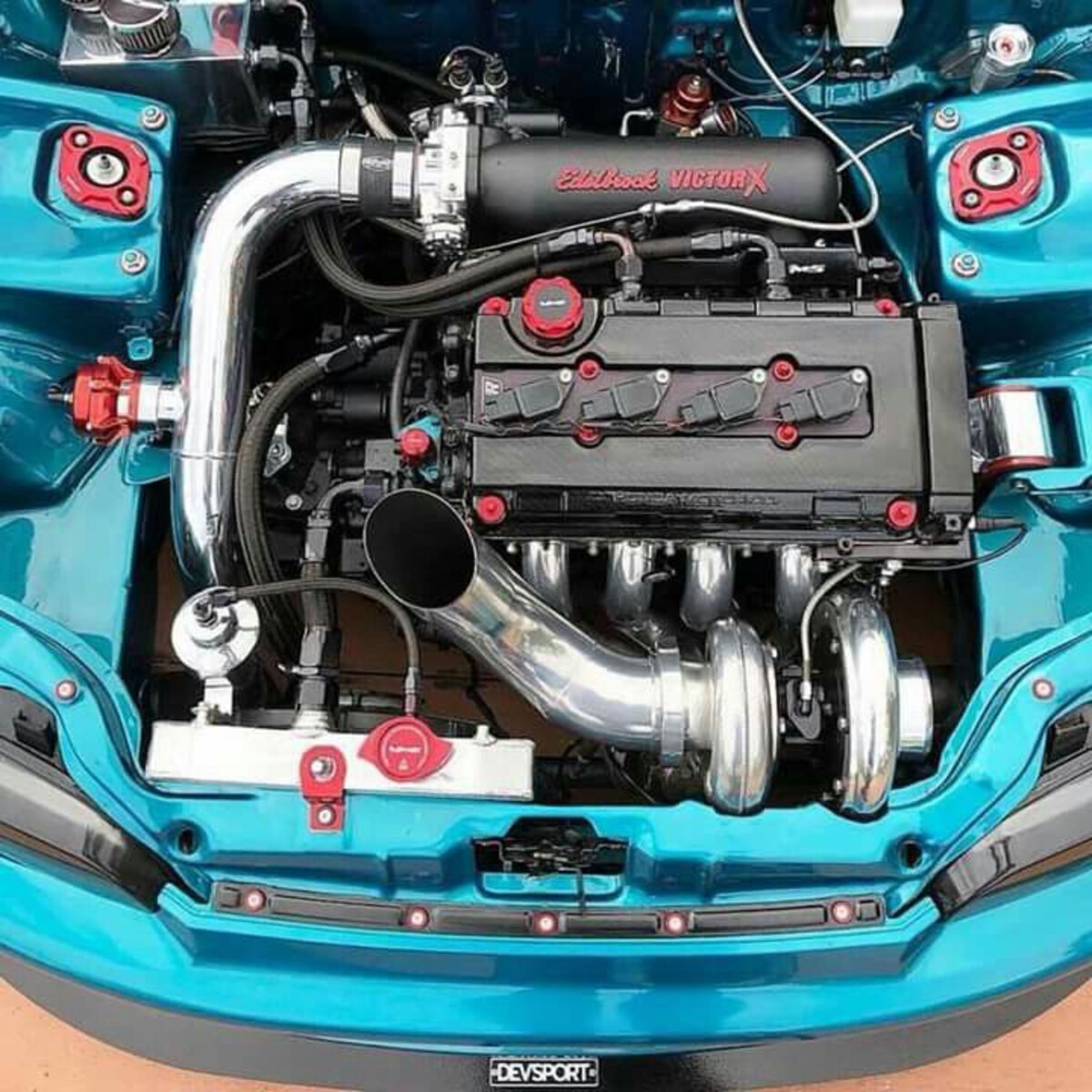
One of the main reasons this engine lasts so long is its bulletproof engineering. It can handle high RPMs without breaking a sweat, thanks to excellent oil circulation and strong internals. Many B18C engines still perform beautifully even after 300,000 kilometers, often without a rebuild—provided basic maintenance is done on schedule.
It’s also incredibly versatile. Owners praise its compatibility with aftermarket parts, making it easy to modify while still preserving long-term reliability. Unlike some modern engines that rely heavily on electronics and turbochargers, the B18C sticks to proven mechanical simplicity, which is why many enthusiasts still seek them out for engine swaps.
Overall, the B18C represents the perfect blend of Honda’s precision engineering and performance ethos. If you’re lucky enough to own a car with this motor—or can find one—rest assured, it’s an engine built to last for decades with the right care.
2. K20A
The K20A engine is the crown jewel of Honda’s K-series lineup, delivering a perfect mix of efficiency, power, and longevity. Introduced in the early 2000s, the K20A powered performance models like the Civic Type R and Accord Euro R. It features DOHC i-VTEC, which optimizes performance across the rev range while maintaining great fuel economy.
What makes the K20A a long-lasting engine is its engineering precision. It uses a timing chain instead of a belt, reducing maintenance concerns over time. The cylinder block is made of lightweight aluminum with iron liners, striking a balance between strength and weight. Many owners report reaching well over 300,000 kilometers with minimal issues.
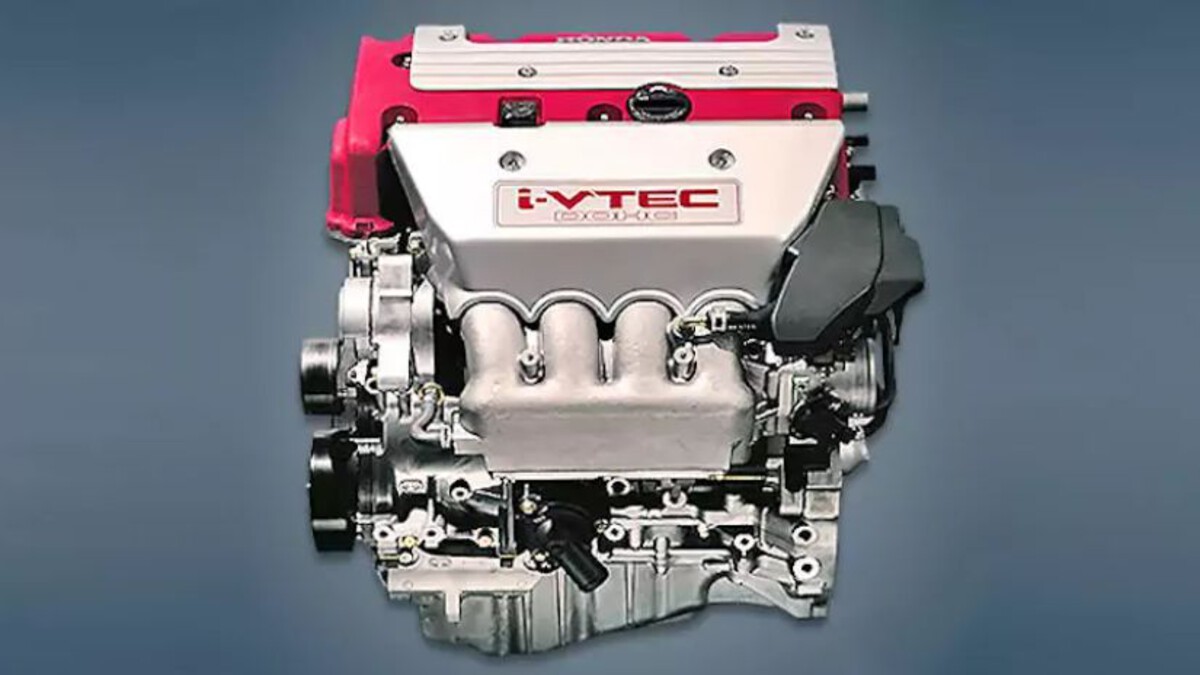
Another reason for its lasting power is the quality of components used. The engine’s internals are strong enough to handle high RPMs, and even moderate forced induction setups. Enthusiasts often turbocharge K20As with great success—another testament to the engine’s durability.
It’s also a favorite in the tuning world due to its adaptability and power potential. But even in stock form, it’s a gem. The K20A’s legendary mix of performance and dependability means it’s as suited for spirited weekend drives as it is for daily commuting. This engine has rightly earned its place as a modern Honda classic.
3. D16Y8
The D16Y8 engine is a part of Honda’s D-series and is found in the 1996–2000 Honda Civic EX and some other compact models. It’s a 1.6-liter SOHC engine equipped with VTEC, offering a great mix of efficiency and reliability. While it doesn’t scream high performance, it has earned legendary status for its bulletproof nature.
Owners of D16Y8-powered vehicles routinely report trouble-free operation past 300,000 kilometers, even with basic maintenance. It’s a simple engine that avoids complex components and turbochargers, making it easier and cheaper to maintain over the years. Its fuel economy is outstanding, and its compact size makes it easy to work on.
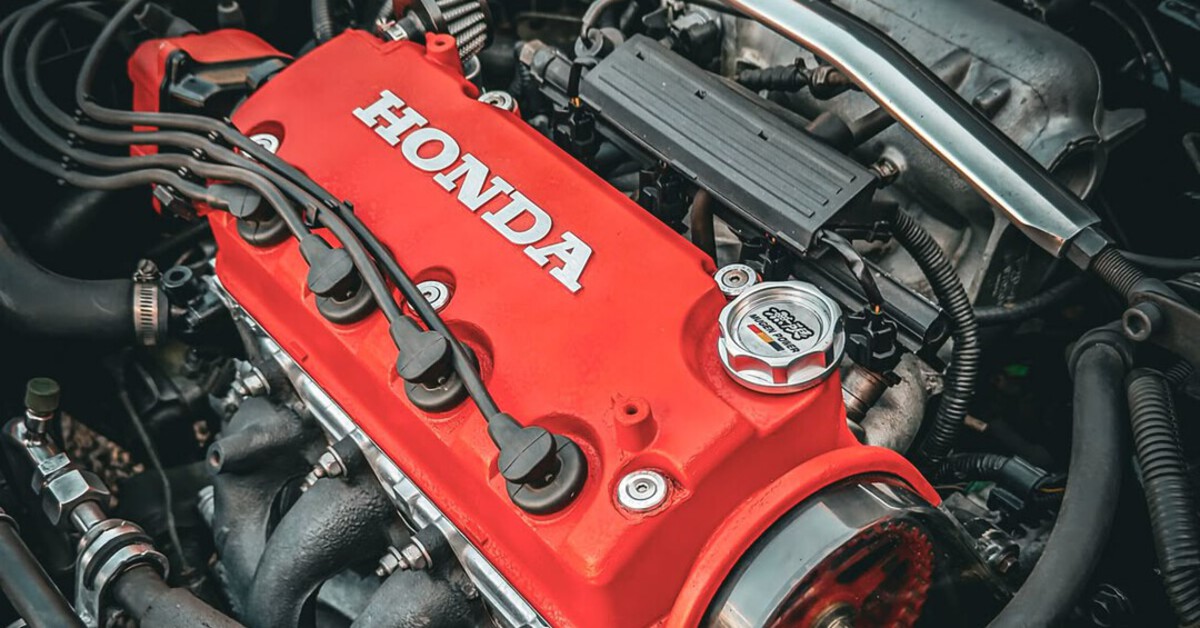
This engine is also highly resistant to overheating and oil issues, two common problems that can plague long-term ownership. It’s forgiving of minor maintenance lapses and responds well to clean oil and regular servicing.
Though modest in power output, the D16Y8 has a cult following because of its durability. Enthusiasts love swapping it into older Civics for daily driving or light tuning projects. If you’re looking for an affordable and incredibly dependable Honda engine, the D16Y8 is a no-brainer. It’s not flashy, but it’s one of the most reliable engines Honda ever built.
4. F22A
The F22A engine is a 2.2-liter SOHC powerplant used in early ’90s Honda Accords and Preludes. Though not as performance-oriented as some of Honda’s VTEC-equipped engines, the F22A is beloved for its simplicity, torque delivery, and legendary durability.
Built with cast-iron sleeves and a strong aluminum block, this engine is designed to last. Many owners have driven their F22A-powered Accords well beyond 400,000 kilometers with minimal issues. What contributes to its longevity is its conservative tuning and low compression, which reduce stress on the engine internals.
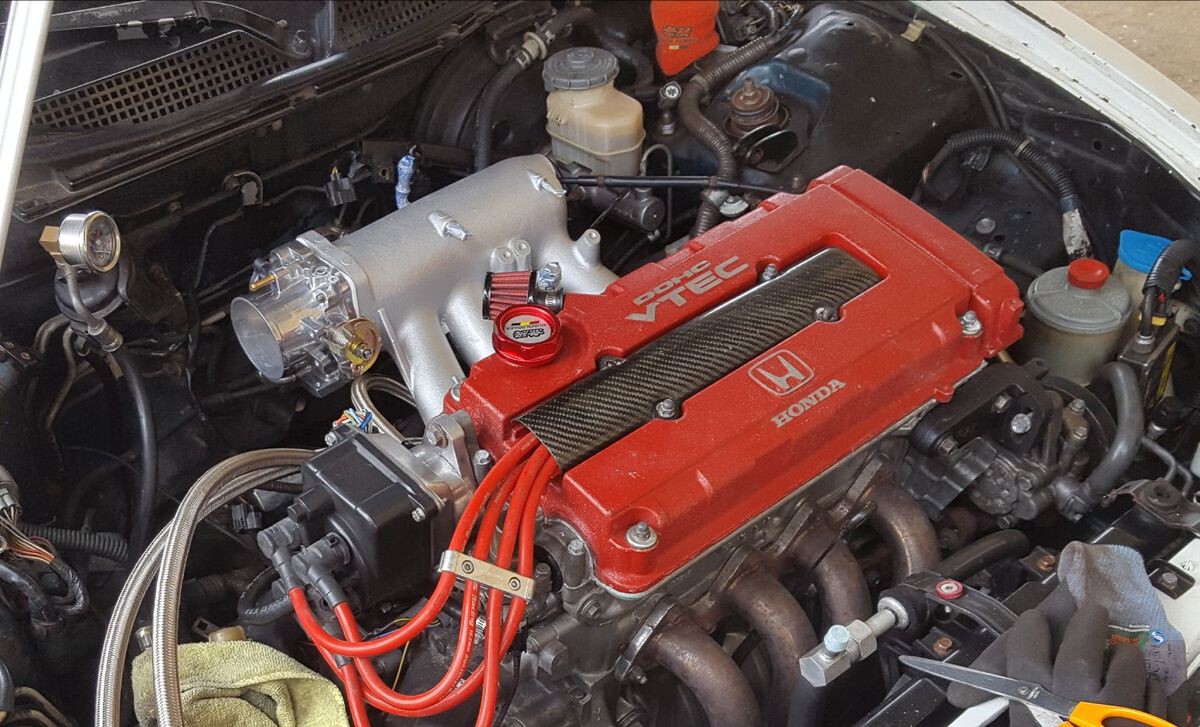
Unlike high-strung performance engines, the F22A focuses on steady, reliable output. It’s also quite easy to work on, with straightforward maintenance procedures and wide parts availability. Timing belts and water pumps are relatively cheap to replace, and the engine responds well to regular oil changes.
Because of its reliable nature and low operating costs, this engine was a favorite for commuters and families, and many are still on the road today. It might not be a tuner’s dream, but if your priority is peace of mind and long-term use, the F22A fits the bill perfectly. It’s an old-school engine built during a time when Honda prioritized durability above all else.
5. R18A
The R18A engine is a more modern example of Honda’s commitment to long-lasting, fuel-efficient engines. Introduced in 2006, it powered models like the 8th-generation Civic and some international versions of the Accord. It features SOHC i-VTEC and was designed to maximize fuel economy while maintaining reasonable performance.
One standout feature is the engine’s ability to deactivate valves at low loads, improving fuel efficiency without compromising engine health. It also utilizes a timing chain, which reduces long-term maintenance concerns compared to a belt. With good care, these engines regularly cross the 300,000-kilometer mark without requiring major repairs.
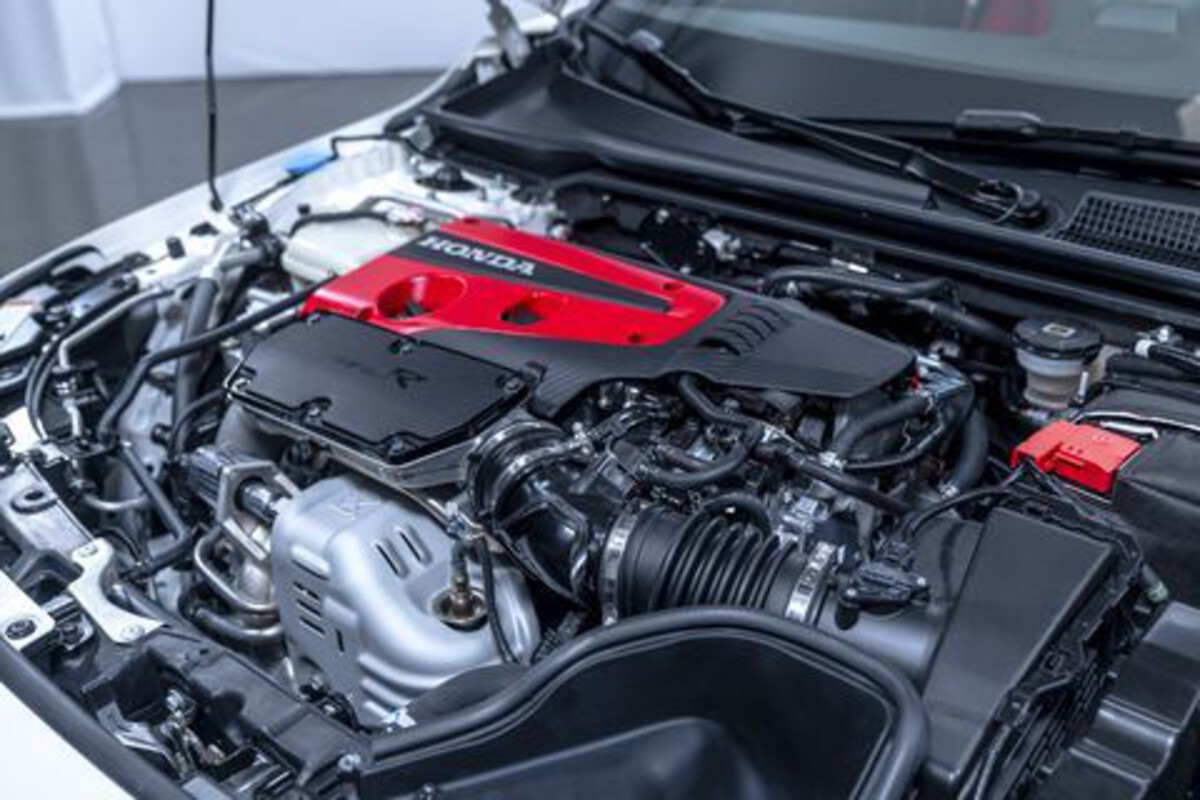
The R18A is also relatively low-strain, meaning it doesn’t push its components too hard. As a result, wear and tear happen more slowly. It’s a quiet, smooth engine ideal for daily driving and commuting. Its fuel efficiency is excellent, especially in city driving.
Although not a favorite among performance enthusiasts, it has a loyal following for being reliable and easy to maintain. Parts are readily available, and the engine bay is well laid out for serviceability. The R18A might not wow with horsepower, but it’s exactly what many drivers need: a dependable, efficient engine that will keep going and going for years.
5 Honda Engines That Don’t Last
Not all Honda engines are created equal. A few have struggled with reliability due to poor design, oil consumption, or internal failures. While they may have offered innovation or performance at the time, these engines are often remembered for mechanical problems. Here are five Honda engines that, despite their potential, are best approached with caution—or avoided entirely.
ALSO READ: 5 Vehicles That Notify Police Automatically and 5 That Stay Silent
1. J35Y1
The J35Y1 is part of Honda’s V6 J-series, used in the 2013–2017 Accord V6. While it offers strong performance and refinement, it’s plagued with reliability issues, especially with the VCM (Variable Cylinder Management) system. This feature shuts off cylinders to save fuel, but it has unintended consequences.
The cylinder deactivation leads to uneven wear, excessive oil consumption, and, over time, piston ring problems. Many owners report misfires, fouled spark plugs, and long-term engine damage if the issues aren’t addressed early. The engine can also suffer from premature camshaft and valvetrain wear, often requiring expensive repairs.
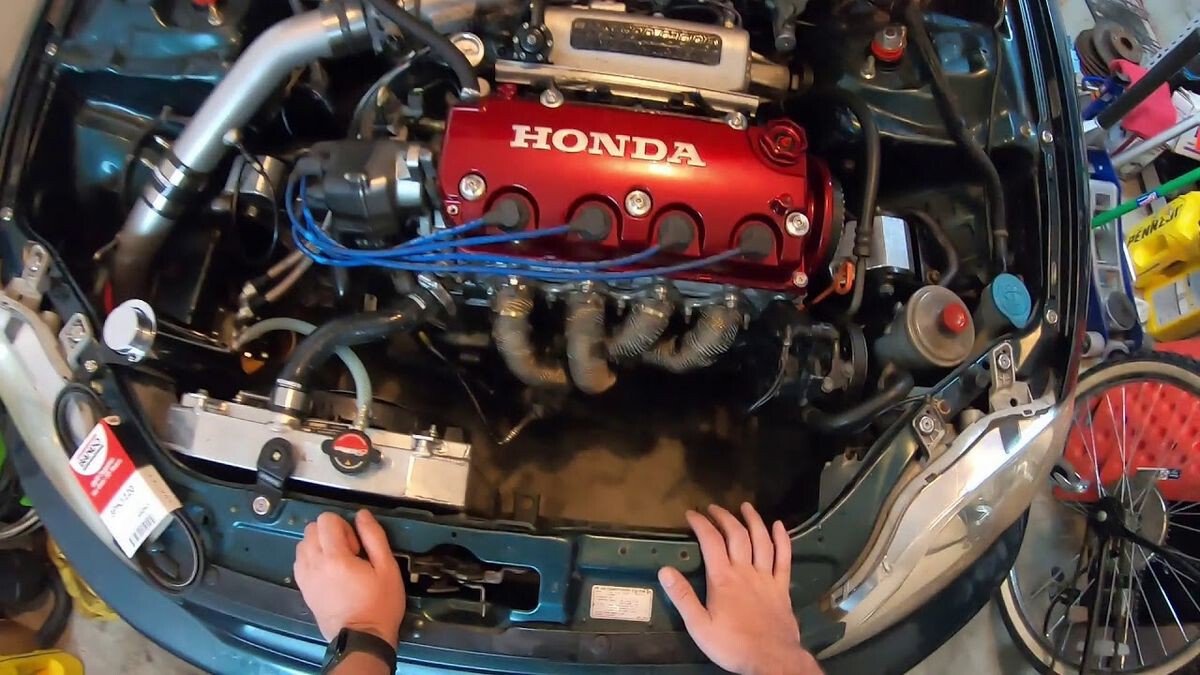
Another common complaint is vibration and rough running when transitioning between active and deactivated cylinders, making for an unpleasant driving experience over time. While Honda issued technical service bulletins, the root of the problem lies in the engine’s design.
Some owners disable the VCM system via aftermarket modules, but this is only a workaround. Extended highway driving and long idling worsen the issues, so this engine doesn’t hold up well under typical daily use. If you’re looking at a used Accord V6 from this era, it’s crucial to check for service history or avoid it altogether. Despite its initial appeal, the J35Y1 hasn’t earned the long-term trust Honda engines usually enjoy.
2. R20A
The R20A engine, a 2.0-liter SOHC i-VTEC unit, powered several Honda models like the CR-V and Civic in international markets. While it was designed to be fuel-efficient and smooth, the R20A is often criticized for its oil-burning issues and weak long-term durability, especially past the 150,000-kilometer mark.
One of the major complaints involves premature wear of piston rings, leading to increased oil consumption and eventual engine misfires. Owners have also reported problems with the timing chain tensioner, which can cause chain slack, noise, or even catastrophic engine failure if left unchecked. These issues can surface well before 200,000 kilometers, making the engine’s lifespan much shorter than Honda’s usual standard.

Additionally, the R20A lacks the solid low-end torque of its predecessors, making it feel underpowered in heavier vehicles like the CR-V. Some models also experienced persistent idling problems and throttle lag, further frustrating drivers.
Although it isn’t the worst engine Honda has produced, the R20A fails to meet the brand’s high reliability expectations.
Maintenance costs, particularly related to oil issues, timing components, and emissions sensors, tend to accumulate with age. If you’re shopping for a used Honda, the R20A-equipped models should be approached with caution. Better alternatives exist within Honda’s otherwise dependable lineup.
3. L15B7 Turbo
The L15B7 is a 1.5-liter turbocharged inline-four engine found in recent models like the 10th-generation Honda Civic and CR-V. While it brings modern performance and efficiency, it has earned a troublesome reputation, particularly in early production years.
The most common and concerning issue is oil dilution, where gasoline mixes with the engine oil. This phenomenon is especially problematic in colder climates or during short-distance driving, as the engine doesn’t fully warm up. As a result, oil loses its lubricating properties, which can accelerate internal wear, reduce engine life, and in extreme cases, cause outright failure.

Honda did issue software updates and extended warranties in certain markets, but many owners report persistent issues even after recalls. The L15B7 is also relatively new, meaning long-term reliability data is still developing, but early signs are worrying for an engine marketed as efficient and cutting-edge.
Furthermore, some users experience turbo lag and strange throttle response, reducing driving enjoyment. While it’s a peppy engine on paper, the real-world reliability leaves much to be desired.
Despite its performance boost, the L15B7 doesn’t yet earn the same trust as Honda’s naturally aspirated engines. For buyers seeking longevity, avoiding early turbocharged Honda models might be wise until the long-term effects of oil dilution are fully resolved.
4. C-Series V6 (C27A/C32A)
Honda’s C-series V6 engines, including the C27A and C32A, were featured in models like the Honda Legend (Acura RL), Accord V6, and early Acura TLs. While these engines delivered smooth performance and luxury-grade refinement, they also came with several reliability concerns that tarnished their legacy.
One persistent issue was their tendency to develop head gasket leaks and overheating problems. These engines also featured timing belts, which require strict replacement intervals. Neglecting timing belt maintenance often led to valve damage due to the interference engine design—an expensive and avoidable failure.
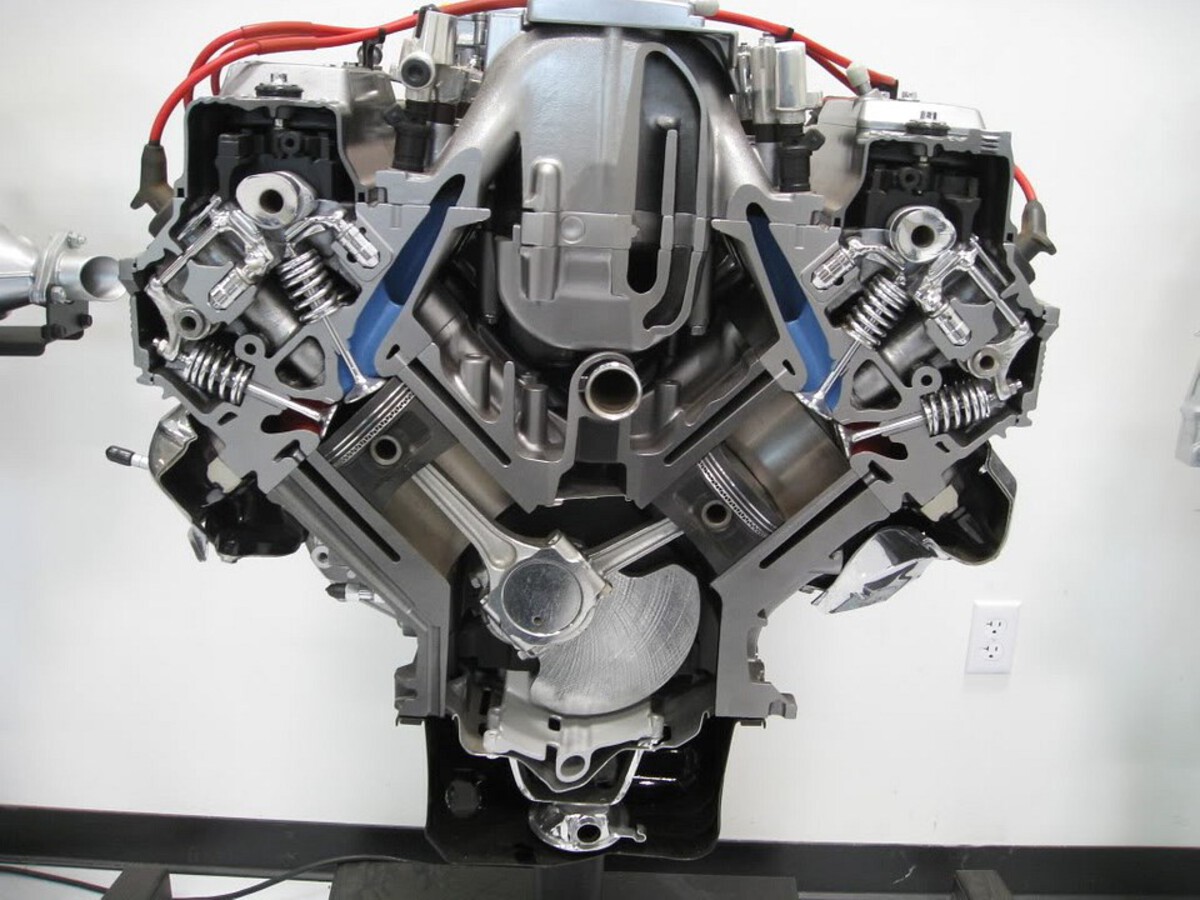
The C-series also struggled with oil leaks from the valve cover gaskets and rear main seal. These issues became more common with age and were often labor-intensive to repair. In hotter climates or areas with poor maintenance practices, the engine’s cooling system could underperform, compounding the risk of overheating.
Another drawback was the complicated layout, making it harder to service compared to Honda’s inline-four engines. Even experienced mechanics noted the engine bay was cramped and less user-friendly.
While the C-series V6 wasn’t a complete disaster, it lacks the bulletproof reputation associated with other Honda motors. Buyers looking for dependable V6 options should consider later J-series engines—minus the problematic VCM systems—or stick with Honda’s proven four-cylinder choices.
5. H23A VTEC
The H23A VTEC engine was designed as a high-performance option for the Prelude SiR and other JDM models in the late ’90s. It was powerful and fun to drive, delivering more torque than the H22A while still featuring Honda’s beloved VTEC system. However, it’s also one of the less reliable engines in Honda’s performance lineup.
One of the primary concerns with the H23A VTEC is its oil consumption and tendency to suffer from internal wear. It shares some components with the H22A but lacks the same degree of engineering refinement. As the engine aged, many units developed piston slap, noisy valvetrain issues, and even oil starvation in aggressive driving conditions.
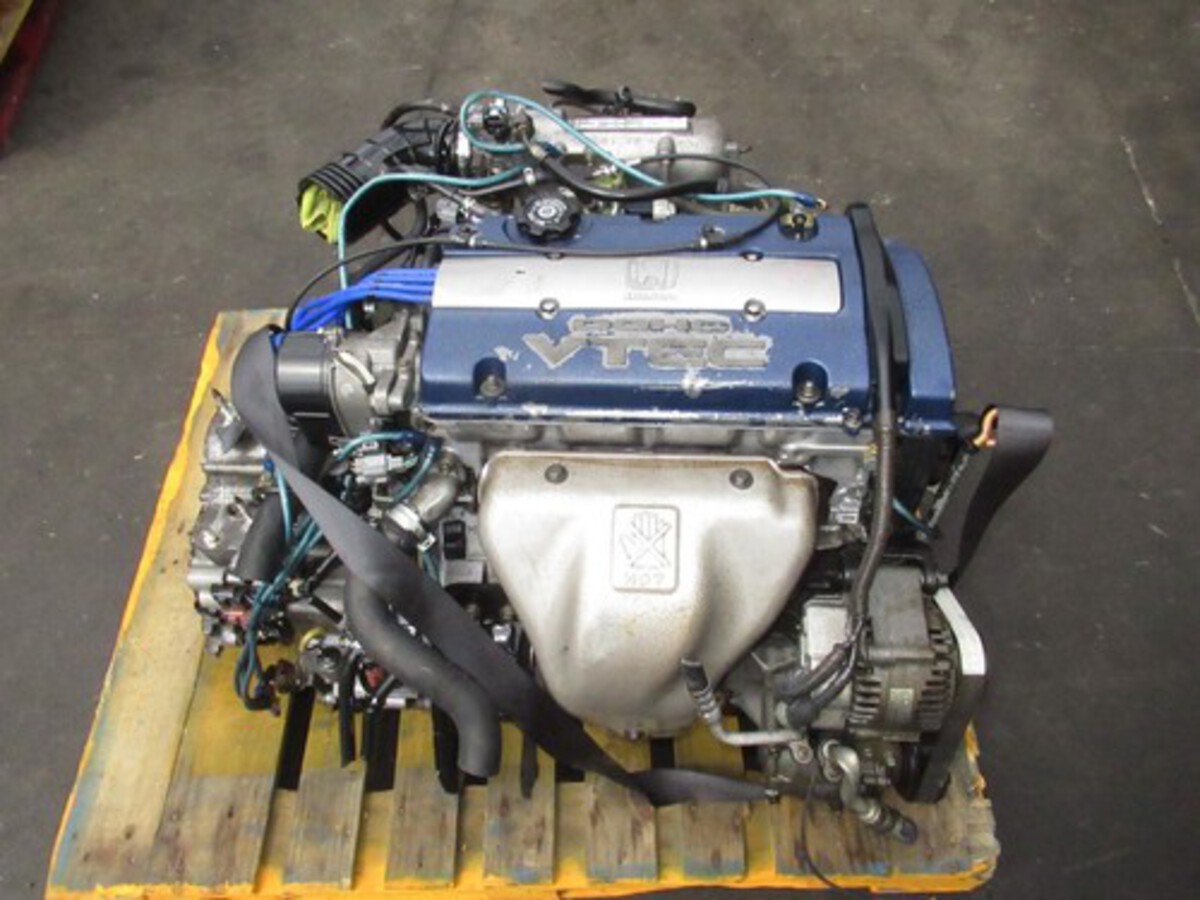
It also featured complex VTEC and timing systems that required meticulous maintenance. If oil changes were skipped or done poorly, the VTEC solenoids could fail, affecting performance and reliability. Overheating was another frequent complaint, often caused by cooling system inefficiencies or head gasket failures.
Due to its rarity and limited parts availability, sourcing replacements for this engine today is both difficult and expensive. Mechanics often advise against buying vehicles with this engine unless the service history is crystal clear.
While the H23A VTEC had performance potential, it simply doesn’t hold up well in the long run. It’s a risky buy, especially if you’re looking for long-term dependability.
Honda has a well-earned reputation for building engines that stand the test of time, and many of their models from the 1990s to the early 2000s continue to earn praise for dependability. Engines like the B18C, K20A, and D16Y8 remain popular among enthusiasts and everyday drivers because they combine performance with legendary longevity. They’re proof of Honda’s focus on precision engineering and user-first design.
However, not every Honda engine has lived up to this high standard. Some of their newer or more complex powerplants—such as the L15B7 Turbo and J35Y1 V6—have suffered from design issues, oil-related problems, and overcomplicated technologies that compromise reliability. While these engines often deliver strong performance or improved fuel economy, they can bring costly repair bills and headaches down the line.
Ultimately, the key to choosing a long-lasting Honda engine lies in simplicity, proper maintenance, and a bit of research. Stick with engines known for proven track records, and be cautious of newer tech-heavy options unless there’s a clear improvement in long-term durability.
Whether you’re shopping for a used vehicle, planning an engine swap, or just curious about Honda’s mechanical history, this list helps separate the legends from the letdowns, ensuring your next ride truly goes the distance.

